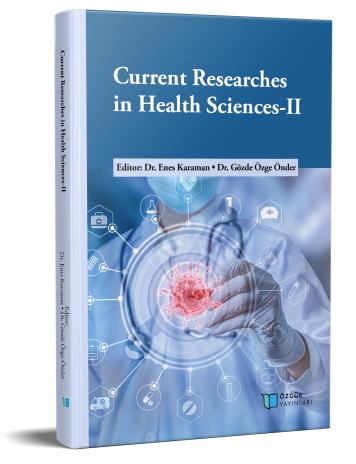
Advancing Medical Frontiers: Unveiling the Potential of Artificial Placenta in Perinatal Medicine
Şu kitabın bölümü:
Karaman,
E.
&
Önder,
G.
Ö.
(eds.)
2023.
Current Researches in Health Sciences-II.
Özet
Advancements in medical technology have led to the development of artificial placenta systems, which aim to support the survival and development of extremely premature infants. The placenta plays a vital role in fetal development by facilitating nutrient exchange and waste removal. Premature birth poses significant challenges in neonatal care, with preterm infants facing increased risks of morbidity and mortality. Respiratory failure is a major concern due to the underdeveloped lungs of preterm infants. Artificial placenta models have been designed to mimic fetal and utero-placental physiology, offering potential solutions to these challenges.
This abstract reviews the history and components of artificial placenta systems, highlighting the importance of pumpless arterio-venous (AV) circuits, low-resistance oxygenators, umbilical access, and immersion in sterile fluid. The development of these components has led to improved survival rates and stability in experimental models. However, challenges such as cardiac afterload, optimization of circuit design, and prevention of infection and inflammation remain to be addressed.
Promising artificial placenta models have been developed by research groups at the University of Michigan, Tohoku University (Sendai, Japan), and the University of Western Australia (Perth). These models have demonstrated increased survival times, stable hemodynamics, and successful organ maturation. The Philadelphia Children's Hospital model, known as EXTEND AW, has shown particular success, with lambs surviving up to 28 days and exhibiting normal organ development and neurological maturation.
Despite these advancements, there are still challenges to overcome before artificial placenta technology can be implemented in clinical practice. These include reducing oxygenator surface area, improving hemocompatibility, optimizing nutrition and amniotic fluid composition, standardizing patient selection criteria, and developing efficient cannulation techniques.
In conclusion, artificial placenta technology is a promising field with the potential to revolutionize neonatal care. With further advancements and research, artificial placenta systems may offer a solution to the challenges faced by extremely premature infants, improving their chances of survival and long-term health outcomes.

